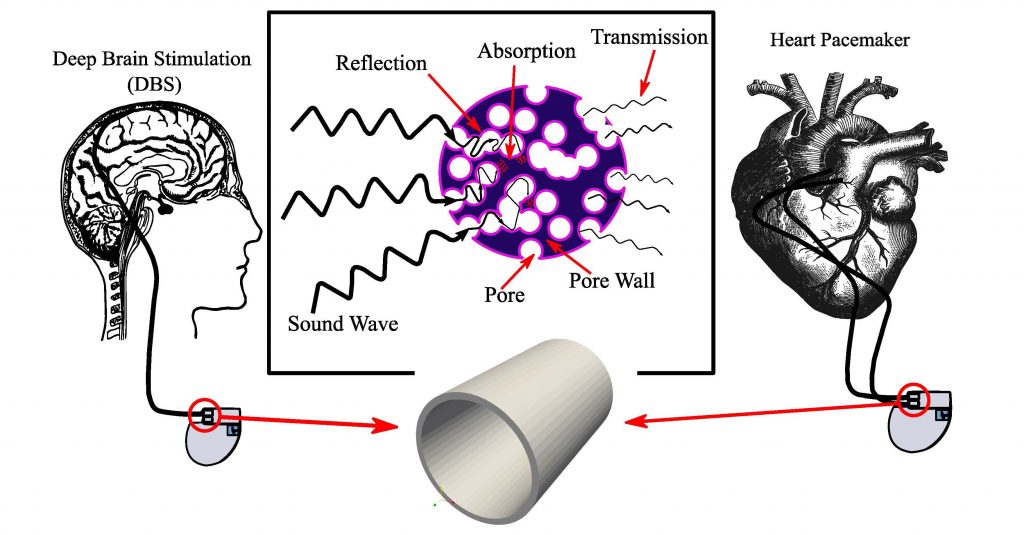Experimenting with materials to manage the unpleasant side effects of external noise in brain pacemakers
From the Journal: AIP Advances

WASHINGTON, Dec. 10, 2024 – Two years ago, a medical professional approached scientists at the University of Tabriz in Iran with an interesting problem: Patients were having headaches after pacemaker implants. Working together to investigate, they began to wonder if the underlying issue is the materials used in the pacemakers.
“Managing external noise that affects patients is crucial,” author Baraa Chasib Mezher said. “For example, a person with a brain pacemaker may experience interference from external electrical fields from phones or the sounds of cars, as well as various electromagnetic forces present in daily life. It is essential to develop novel biomaterials for the outlet gate of brain pacemakers that can effectively handle electrical signals.”
In an article published this week in AIP Advances, from AIP Publishing, Mezher, who is an Iraqi doctoral student studying in Iran, and her colleagues at the Nanostructured and Novel Materials Laboratory at the University of Tabriz created organic materials for brain and heart pacemakers, which rely on uninterrupted signal delivery to be effective.
“We developed nanocomposites that have excellent mechanical properties and can effectively reduce noise,” Mezher said. “For pacemakers, we are interested in understanding how a material absorbs and disperses energy.”
Using a plastic base known as polypropylene, the researchers added a specially formulated clay called Montmorillonite and different ratios of graphene, one of the strongest lightweight materials. They created five different materials that could be performance-tested.
The authors took detailed measurements of the structure of the composite materials using scanning electron microscopy. Their analysis revealed key characteristics that determine the noise-absorption and signal transmission of the material, including the density and distribution of clay and graphene and the sizes of pores in the material.
“Research groups are actively investigating ways to enhance the performance of pacemakers, and our team focuses specifically on the mechanical, thermal, and other properties of these materials,” Mezher said.
The authors measured the signal-to-noise ratio and how the material performs with different levels of noise. They also tested the impact of the material thickness on performance measures.
“The focus of our ongoing work extends beyond simply identifying biocompatible materials for pacemakers; we aim to improve the connection between the generated signal source and the electrodes,” Mezher said. “Our team is also focused on further developing biomaterials for use within the body, such as materials to enhance the performance of hearing aids.”
###
Article Title
Authors
Baraa Chasib Mezher, Shahab Khameneh Asl, Hamed Asgharzadeh, Seyed Jamaleddin Peighambardoust
Author Affiliations
University of Tabriz
